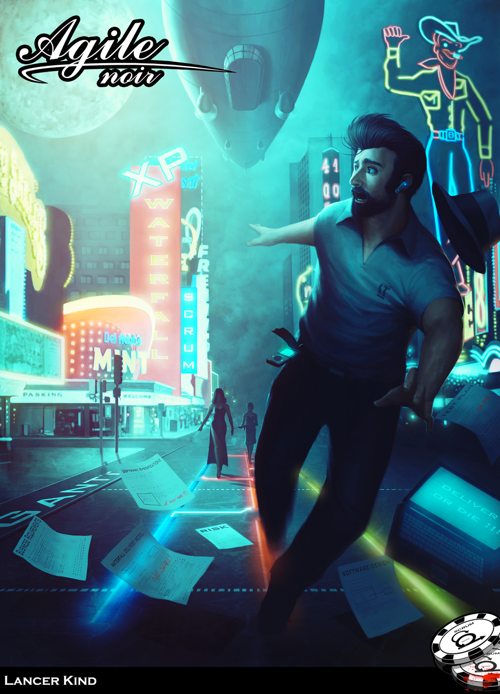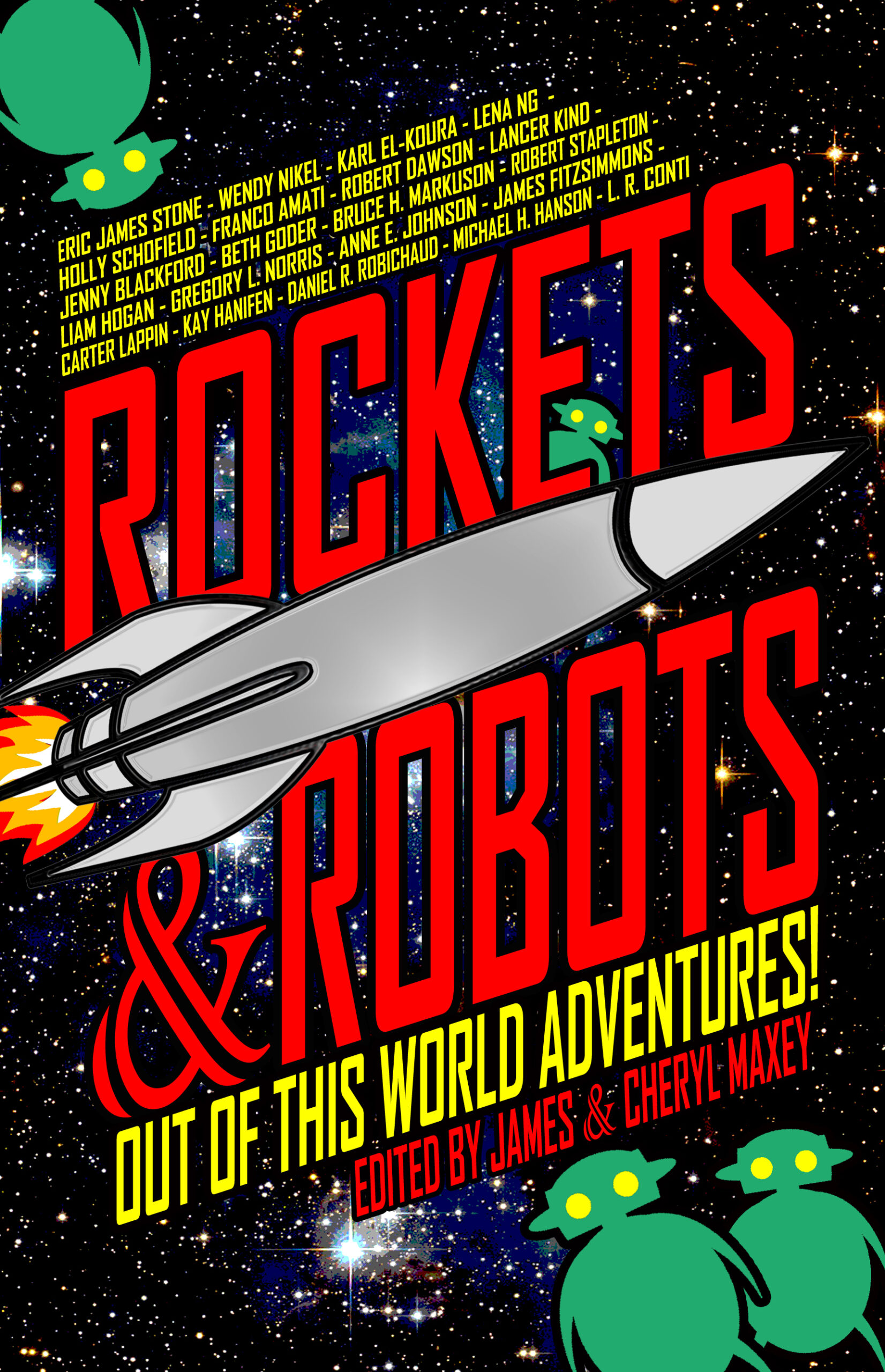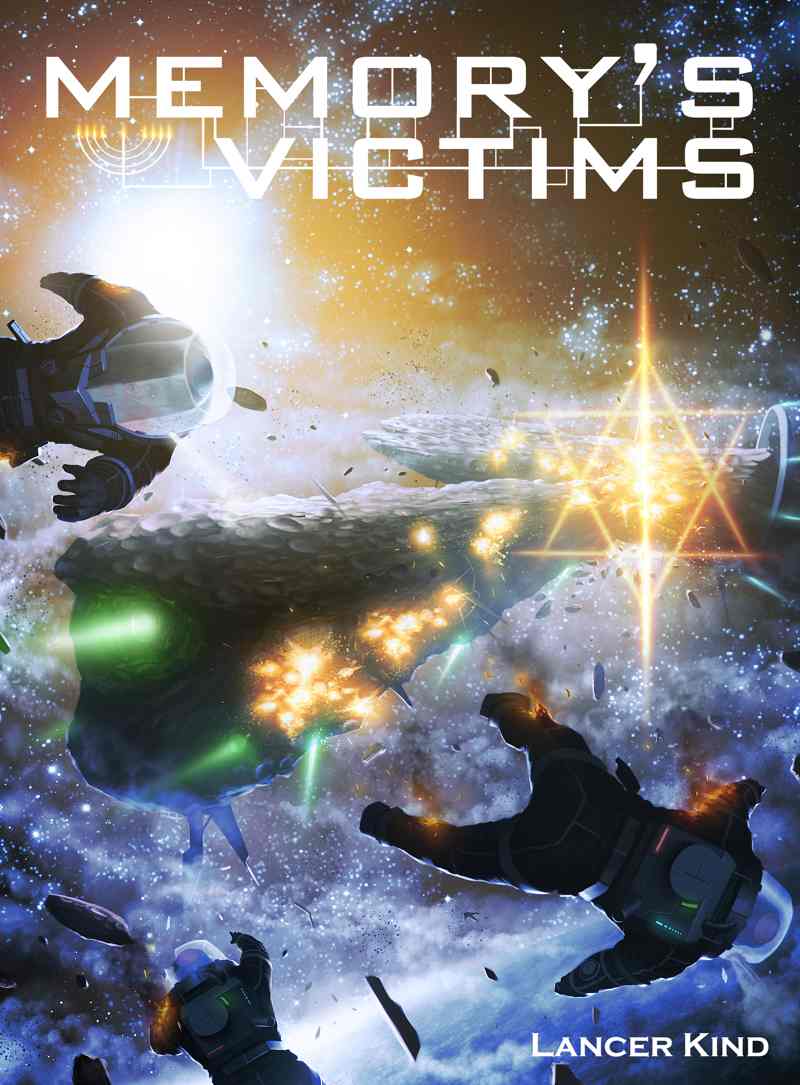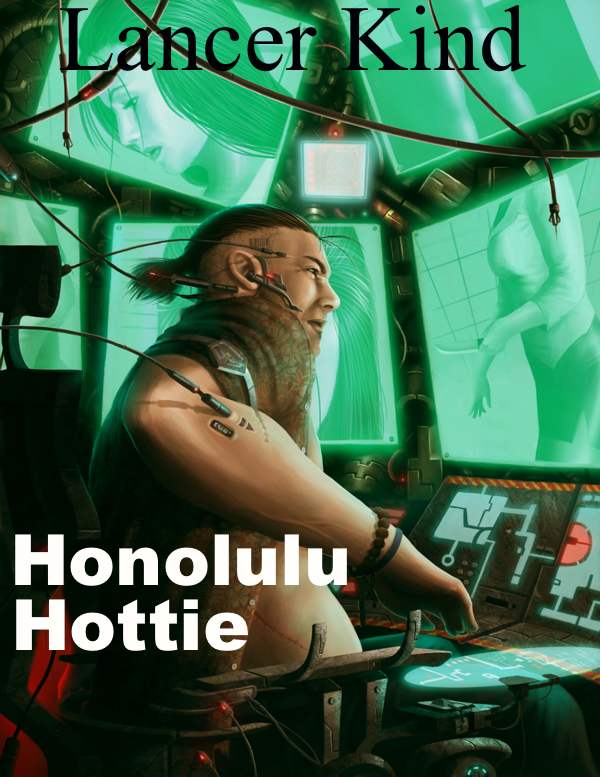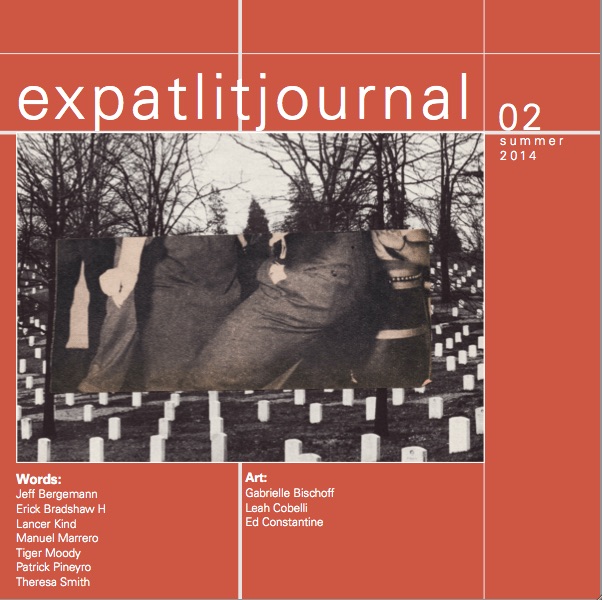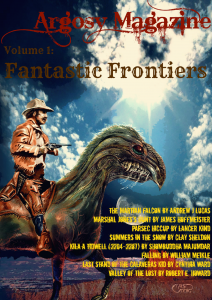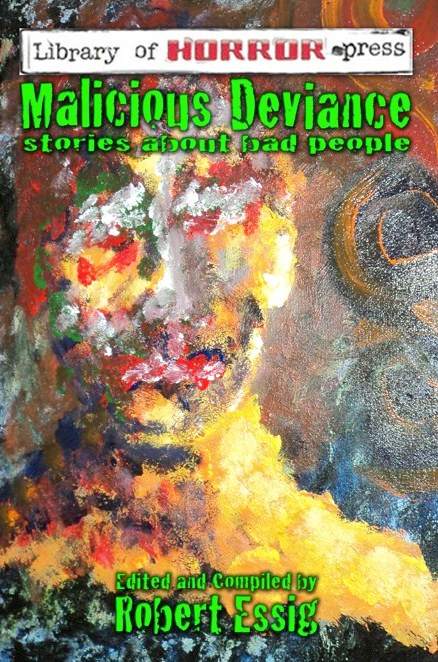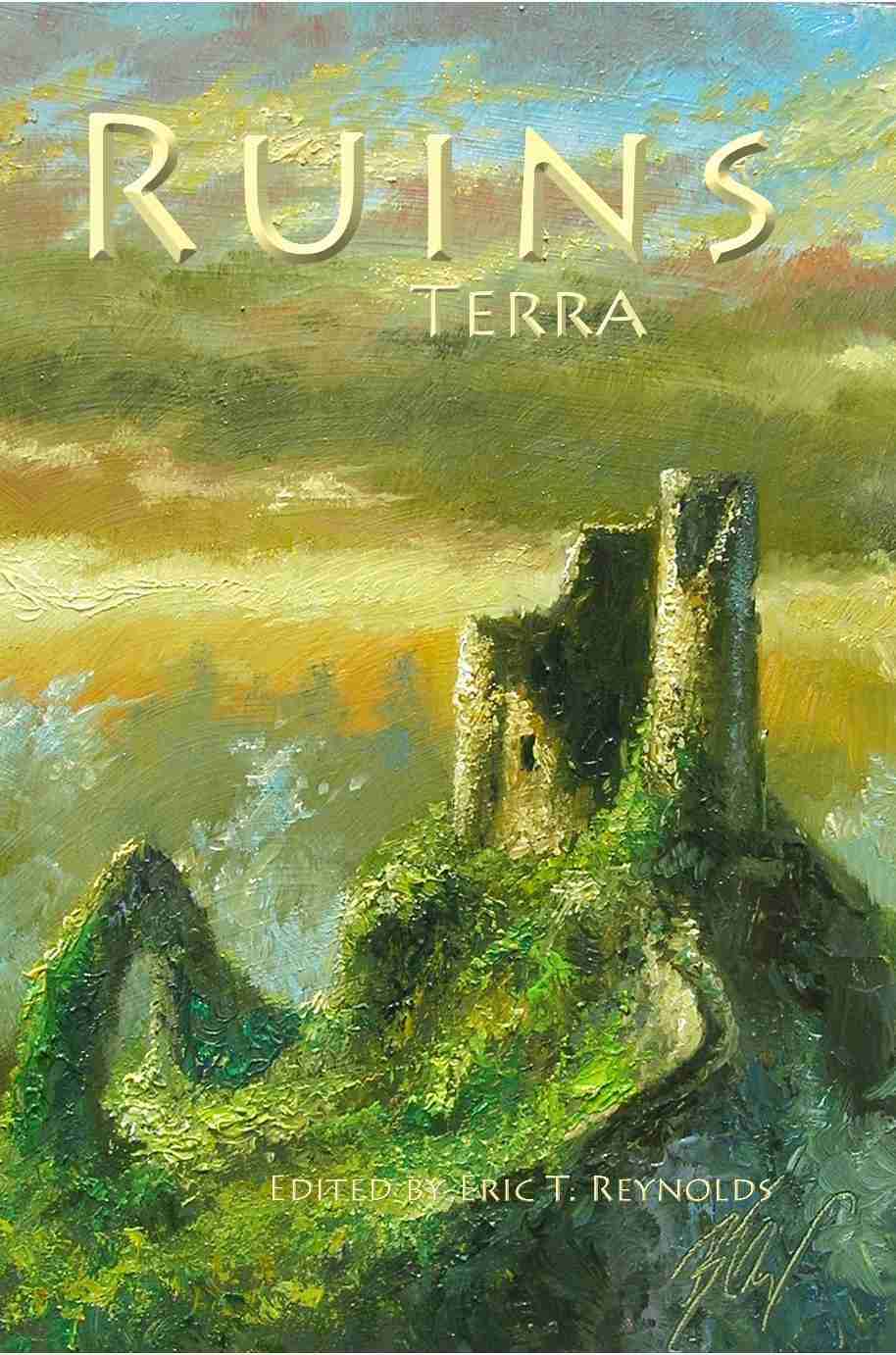157 Kardashev Scale, The big picture on space civilizations

Here is a visual representation of the Kardashev scale and the amount of energy for each step:
Why is there a scale?
It’s hard to have an intelligent conversation about something if you don’t have a way to think critically about it. Classification schemes is one way of creating a frame of critical thinking. You have to create criteria for the different levels.
How did we get the Kardashev scale?
Russian astrophysicist, Nikolai Kardashev, created the scale in a paper he published in 1964 called, “Transmission of Information by Extraterrestrial Civilizations”. The scale measures a civilization’s level of technological advancement based on the amount of energy it is able to use.
What is the scale?
Type 1 through 3. Frequently referred to as K1 through K3.
A Type I civilization, also called a planetary civilization, has the capability to use all of the energy of its planet. A technological achievement that a K1 society would likely have is weather control.
An example of this in movies would be any science fiction movie that shows Earth United by one government, or close cooperation, such as the movie Interstellar and 2010 Space Odyssey.
References:
the movie Interstellar: https://en.wikipedia.org/wiki/Interstellar_(film)
Stanley Kubrick Space Odyssey:
* 2001 https://www.imdb.com/title/tt0062622/
* 2010 https://www.imdb.com/title/tt0086837/
A type II civilization,
also called a stellar civilization, can use and control energy at the scale of its planetary system. Technological achievements that K2 civilizations would likely have is the ability to terraform and build megastructures. An example of a near type 2 is the TV series The Expanse. Most space operas fall into this category such as any Star Trek. I wanted to place Star Wars here to but since Sith lords frequently entertain ruling the galaxy, they must be nearing K3 contrary to Star Trek, where the galaxy is still a vast place that takes lifetimes to span even with warp drive. Another delightful noir/cyberpunk book series is the Takeshi Kovacs novels by Richard K Morgan. The first of which, Altered Carbon, was made into a Netflix movie.
References:
The Expanse: https://www.imdb.com/title/tt3230854/
Star Trek serieses: https://en.wikipedia.org/wiki/Star_Trek
Richard K Morgan’s Takeshi Kovacks book series: https://en.wikipedia.org/wiki/Takeshi_Kovacs
A type III civilization,
also called a galactic civilization, can control energy at the scale of its entire host galaxy.
Movies like this do casually travel the wide reaches of the galaxy and the galaxy is as well known as any of us today see the Earth as well known and prospected by various nation states. The most famous example of this in movies would be, as I’ve already said, is Star Wars. More choices are Jupiter Ascending, as well as Valarian and the City of a Thousand Planets. In literature we have books like Vernor Vinges Zones of Thought, and Asimov’s The Foundation. The Vinge book showcases civilizations up and down the kardashev model and so I highly recommend that to those who have a love for alien civilizations and interest in socio-economic development. Apple TV has produced and is streaming The Foundation as a multi series TV show, and it is very enjoyable and well acted, so go check it out.
A feature length movie script that Hal Dace and I wrote Miss Wisenheimer and the Aliens falls into the K3 category as well but with the unique angle that despite having the ability to casually travel the galaxy like in Star Wars, there are no aliens so the film focuses on that mystery. I’ll put a link to the short film version in the show notes. The short film version of the feature length movie, by the way, won an award at a Belgium film festival.
References:
the movie Star Wars: https://www.starwars.com/films
the movie Jupiter Ascending: https://www.imdb.com/title/tt1617661/
the movie Valarian and the City of a Thousand Planets: https://en.wikipedia.org/wiki/Valerian_and_the_City_of_a_Thousand_Planets
Vernor Vinge’s Zones of Thought novel series: https://www.goodreads.com/series/52585-zones-of-thought
Isaac Asimov’s The Foundation book series: https://en.wikipedia.org/wiki/Foundation_series
the TV series The Foundation: https://www.chicagotribune.com/entertainment/what-to-watch/ct-ent-review-foundation-apple-tv-plus-20210924-3rzd3lon7rbrhidtrlpv5pl4t4-story.html
Is the Kardashev scale any good?
As you’ve heard on the show, it does help to quickly categorize levels of civilizations. A common criticism is that the jump from K2 to K3, from controlling the energy of a solar system to the ability to control all the energy of all the suns of a galaxy is too big of a step. But that said, it did actually do the job when analyzing science fiction movies.
Another criticism is what about beyond K3? This brings us to the next topic.
Typical adds to the scale
At the front of the scale, it’s typical to use 0 for civilizations that are just starting out or have yet to master energy generation.
At the other end of the scale, it’s common to add a level 4 beings who can control or use the entire universe. Because seriously, why would a Sith stop at making only a galaxy of beings unhappy when she could put an entire universe into a bad funk?
Adding level 5 brings gives us a category for those who control collections of universes, or said another way, multiple dimensions. For those who have seen Valarian, remember the extraction scene that the main character, Valarian was involved with required them to go to another dimension. And for those who have seen the Thor movies, this gives us a catagory for Asgardians.
References:
Miss Wisenheimer:
- Short film: https://www.youtube.com/watch?v=MJpyfhkfm3Q
- Facebook page: https://www.facebook.com/MissWisenheimer/
- TV interview about the film: https://www.youtube.com/watch?v=EItnd8bXhdk
- Miss Wisenheimer and the Aliens film page: https://www.facebook.com/MissWisenheimer
Valarian: https://en.wikipedia.org/wiki/Valerian_and_the_City_of_a_Thousand_Planets
Jupiter Ascending: https://en.wikipedia.org/wiki/Jupiter_Ascending
What are the dangers of advancing on the scale?
There are some books that follow characters through the changes that happen to a civilization as they climb the Kardashev scale. Charles Stross’ Accellerando describes a progression from K0 to K2.
In Italian, accelerando means “speeding up” and is used as a tempo marking in musical notation. In Stross’ novel, it refers to the accelerating rate at which humanity in general, and/or the novel’s characters, head towards the technological singularity. This story focuses mostly on human culture. To the author’s credit, he does all of this in one book.
Accellerando:
Vernor Vinges Zones of Thought novels, shows civilizations climbing to high parts of the scale, and many falling to lower parts of the scale. And like The Foundation, there is a group who is interested in helping to prevent a fall or helping to shorten the dark ages that follow after a fall.
A Fire Upon the Deep is a 1992 science fiction novel by American writer Vernor Vinge. It is a space opera involving superhuman intelligences, aliens, variable physics, space battles, love, betrayal, genocide, and a communication medium resembling Usenet. A Fire Upon the Deep won the Hugo Award in 1993, sharing it with Doomsday Book by Connie Willis. This series contains a lot of wonderfully thought out and dramatic alien culture.
Zones of Thought:
Wikipedia entry about Kardashev: https://en.wikipedia.org/wiki/Kardashev_scale
These Issac Arthur videos make a great companion video to this podcast episode.
Becoming a Kardashev-1 Post-Scarcity Civilization
Low-Tech Kardashev-2 Civilizations
Tips from Kardashev 2 Engineers, part 2
Acknowledgements
Thanks to Freesound.org user Nanakisan for: Evil laugh 04 – Gen 4.wav
If you enjoyed this episode, you’ll also enjoy listening to:
JPL Scientist Jonathan Jiang on Extraterrestrial Intelligence in the Milky Way Galaxy:
Interested in reading a space opera?
Check out MEMORY’S VICTIMS
by Lancer Kind

Arcadie struggles with the rest of his shipmates to become immigrants rather than settlers. He adapts better than his sister who seems always involved with lost causes and he becomes part of space force. But he gets mixed up in a mystery about a woman who is breaking interstellar treaties by tampering with generation ships, and her reasons for doing so sound similar to his sister’s affliction—an out-of-control savior complex.

